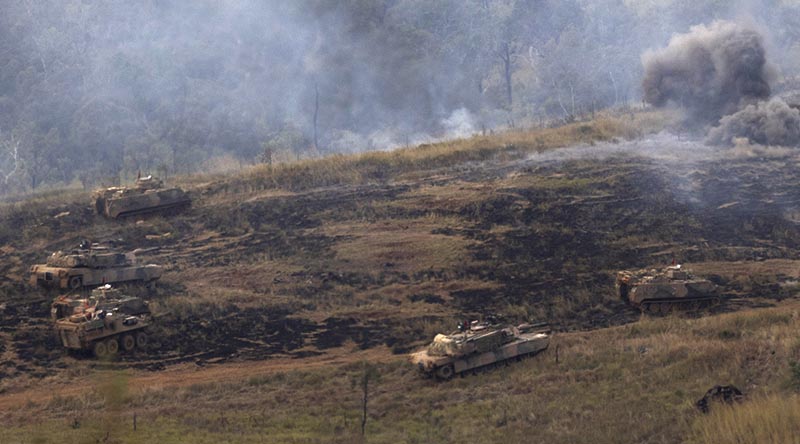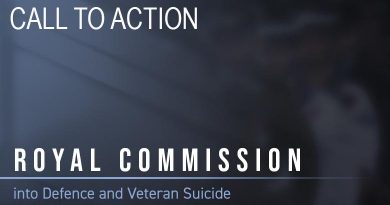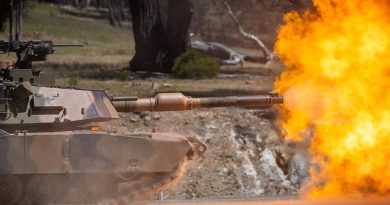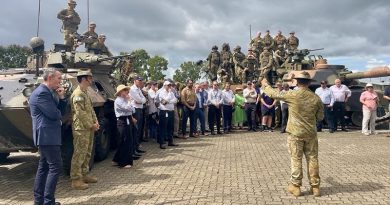Why 1st Armoured Regiment must become a tank regiment again (quickly)
Share the post "Why 1st Armoured Regiment must become a tank regiment again (quickly)"

Sometimes one forgets that not all readers have a complete understanding of all the important issues. Rather than emphasising significant things, it’s easy to assume a high level of knowledge and work on that basis. The following issues are highlighted accordingly. (It would be great if any serving member of the Regiment could respond, however, it’s appreciated that this opportunity has probably passed.)
Of course, the main result of 1 Armd Regt being a Combat Experimentation Group (CXG), is that the Army loses a good part of its combat power. As a direct consequence, 3 Brigade, supposedly an armoured brigade, is now without a tank squadron, a cavalry squadron and a battlegroup headquarters.
As recommended by the 2024 RAAC Corps Conference, this shortfall can only be rectified by raising 1 Armd Regt in Townsville to command three tank squadrons; and for 2 Cav Regt to return to commanding three cavalry squadrons.
There are other limitations, however, imposed by the present situation whereby 2 Cav commands two tank squadrons and two cavalry squadrons …
As long as it’s a CXG, 1 Armd Regt is losing critical tank battlecraft skills. These skills can only be fully developed in a tank regiment having a single focus. A mixed recon/tank unit with dissimilar roles, like 2 Cav Regt, has competing (and differing) priorities.
A tank regiment progressively develops, and builds on, esprit-de-corps. Extending to all corners of the unit, it’s founded on the uniting bond that develops between, and within, tank crews. Without tanks and the bond that’s created by crewing them, a different esprit-de-corps becomes prevalent within a unit.
A tank regiment continually hones and nurtures its professionalism and skills. A ‘mixed’ unit, i.e. one not specialising in a specific role, cannot achieve the same level of expertise.
A tank regiment develops Standard Operating Procedures (SOPs) on which to base its procedures and drills. These are continually practised and improved over time. This is not possible to anywhere near the same degree of expertise, in a ‘mixed’ unit.
A tank regiment’s training regime encompasses individual, crew, troop and squadron goals. A tailored progression of this sort is much more difficult in a unit with different roles and AFV types.
A tank regiment’s crucial familiarity with its tanks is developed over time. Every tank has its own idiosyncrasies. Crews become familiar with them and exploit them to advantage. Of course, a unit stripped of its tanks has no such opportunity.
A tank regiment’s professionalism is amassed incrementally. If the CO and Corps RSM are correct and 1 Armd Regt is to become a tank regiment again, how long will it take (and at what cost) to reform the unit?
The other question, of course, is what impact will this have on our defence preparedness, in the meantime?
Lieutenant Colonel Bruce Cameron, MC, RAAC (Ret’d)
FILE PHOTO (June 2025): Mixed assets of 2nd Cavalry Regiment on Exercise Brolga Sprint at Townsville Field Training Area, Queensland. Photo by Corporal Caitlyn Davill.
.
.

.
.
Share the post "Why 1st Armoured Regiment must become a tank regiment again (quickly)"





